NASA's Next Big Steps May Be Unmanned
The price of a putting human feet on the moon again is beyond sky-high.

The national space agency's biggestdreamers and best engineers are still aiming for a return mannedmission to the moon by 2020 followed by a pioneering mission to Mars adecade or so later. That's their official goal in theory and onesanctioned by Congress. But the cost estimates are simply crushing, andmounting federal deficits will require the agency to rein in itsbiggest plans by a galactic scale or two. Look for lots more attentionto be lavished on unmanned space science in the next decade.
Early cost estimates of about $1 trillion over 25 years to return to the moon and later plant a flag on Mars are causing more than a few budget migraines, and the technological challenges of the ambitious project are myriad and steep.
The cost alone will prompt the Obama administration, under pressure to show spending restraint in an era of towering deficits,to reassess and sharply curb back the entire Moon-Mars space travelprogram while the program is still in its early stages, althoughseveral billion dollars have already been poured into it in research,testing and development of rockets.
From just $107.88 $24.99 for Kiplinger Personal Finance
Become a smarter, better informed investor. Subscribe from just $107.88 $24.99, plus get up to 4 Special Issues

Sign up for Kiplinger’s Free Newsletters
Profit and prosper with the best of expert advice on investing, taxes, retirement, personal finance and more - straight to your e-mail.
Profit and prosper with the best of expert advice - straight to your e-mail.
NASA's fiscal 2010 budget is about $18.7 billion, and space science experts sayanother $3 billion to $5 billion in each of the next few years-- followed by many more billions in 5-10 years -- will be needed tomeet the 2020 moon return goal. Then literally hundreds of billionsmore would be needed to go to Mars and back in the following 15 or soyears, and commitments on spending that money would need to be made inadvance. That's becoming a huge red flag in Congress.
Look for the debate over manned vs. unmanned space exploration to get more fuel this week as NASA flight-tests its Ares 1-X rocket, the developmental rocket that is part of the agency's Constellation program intendedto replace the aging space shuttles and keep alive U.S. manned spaceexploration. The space shuttles will be retired in the next three tofive years, well past their original retirement date at the end of 2010.
The manned space program, as envisioned by Constellation, won't bescrapped entirely by Congress. Much work has already been done, andsupport is spread fairly broadly throughout Congress. A good deal ofthe work is done in states with large congressional influence: Texas,California, New York, Virginia and others.
The manned space program will be curtailed, though, and probablysharply. The Moon-Mars project will probably remain a stated goal forthe agency, but only a goal. That will allow some research to continuebut without full-scale funding to go with it.
Manned space missions in the next couple decades, via theConstellation program, may not involve the moon or Mars at all, butperhaps near-earth objects, such as asteroids and comet flybys andspace station and satellite servicing -- not as ambitious as aMoon-Mars mission, but far more cost conscious.
About one-half of NASA's budget is spent on human space endeavorwork, from the rockets and the engineers to the astronauts and thespace centers, the Constellation program and work with dozens ofcontractors.
In comparison, about one-fifth of the agency budget is spent onunmanned or robotic space exploration missions - far smaller inproportion. But the unmanned missions are gaining favor, not onlybecause they are more economical but because they also produce verygood science and technology innovation and have less risk associatedwith them.
NASA is currently managing 65 robotic space probe missions -- fromthe Hubble Telescope to space radiation probes and interplanetary craft- and another 40 unmanned probes are in various stages of development.Several planned probes aim to learn more about the sun andits composition, about sun spots and sun flares and solar radiation inthe solar system affecting Earth and the planets. Others will studyso-called dark matter in the universe, and others will search for moreplanets in distant solar systems.
As talk of Moon and Mars begins to fade in light of the cost, lookfor more attention and funding on the unmanned missions. That will be abenefit for a variety of contractors that work on smaller-scaleunmanned probes, including Alliant Techsystems, Wyle Laboratories, InDyne, Jacobs Engineering Group and ITT.
The typical unmanned space mission costs $300 million, start tofinish. For comparison, that is less than the cost of one shuttleflight to the International Space Station,which is still seven shuttle trips away from being complete and whichis expected to end its service life in 2016-2017. That's about the timethe Constellation program should be operational, even if the Moon-Marsproject has been shelved by then.
Profit and prosper with the best of Kiplinger's advice on investing, taxes, retirement, personal finance and much more. Delivered daily. Enter your email in the box and click Sign Me Up.

-
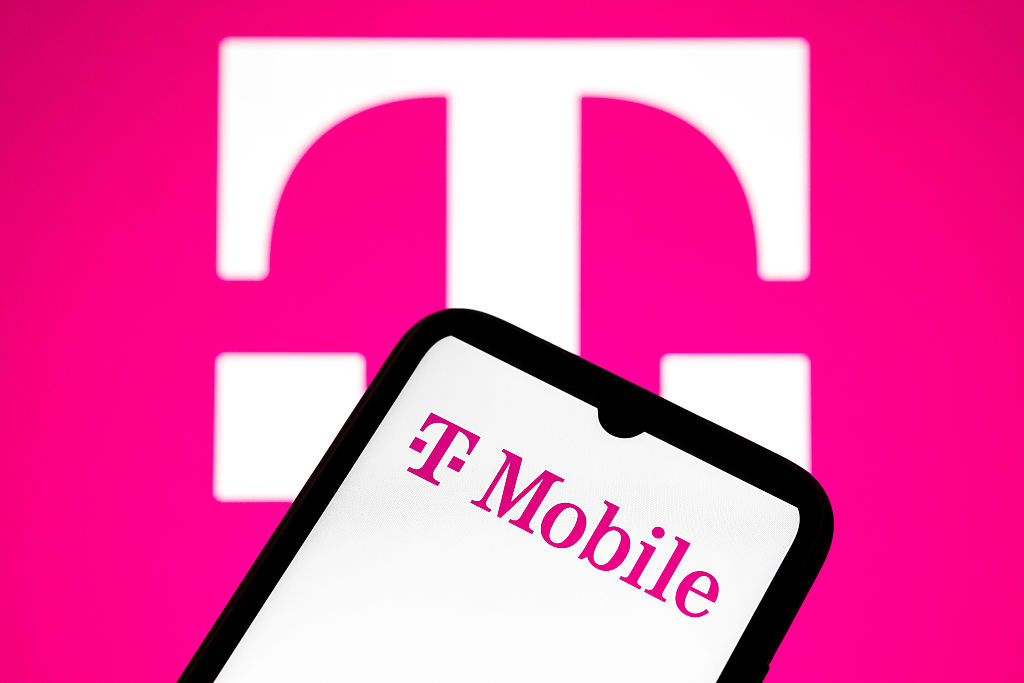 Are T-Mobile's Prepaid Perks a Home Run or a Strikeout?
Are T-Mobile's Prepaid Perks a Home Run or a Strikeout?T-Mobile's prepaid lineup promises MLB.TV, T-Mobile Tuesdays and hotspot data. But do the perks make it worth switching?
-
 Verizon Home Internet Is Offering Free Tech to New Customers
Verizon Home Internet Is Offering Free Tech to New CustomersVerizon’s latest home-internet promotion includes free tech, but the real savings depend on pricing, speed needs and how long you stay.
-
 Retirees in These 7 States Could Pay Less Property Taxes Next Year
Retirees in These 7 States Could Pay Less Property Taxes Next YearState Taxes Retirement property tax bills could be up to 65% cheaper for some older adults in 2026. Do you qualify?
-
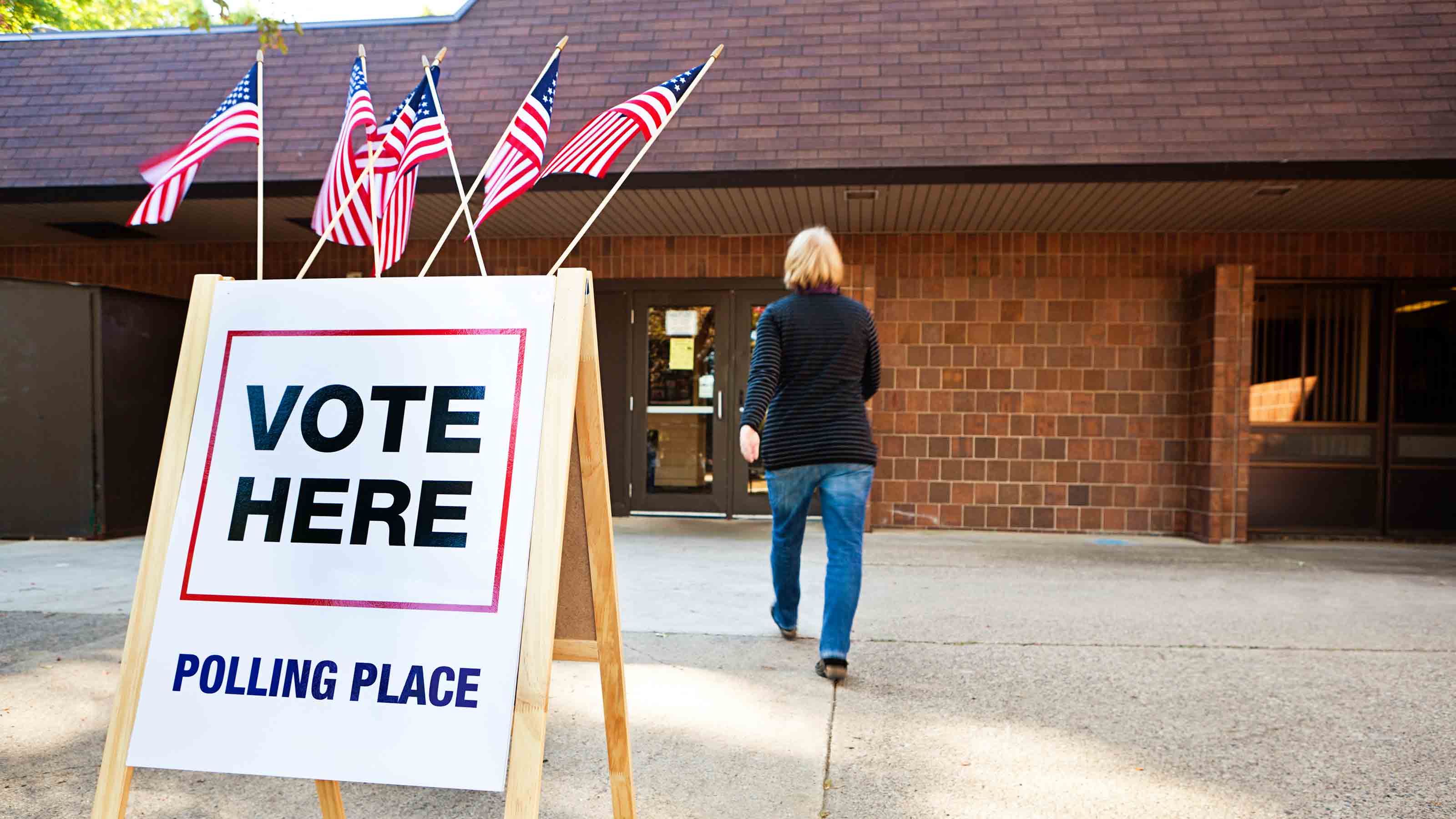 Kiplinger's 2020 Election Forecast
Kiplinger's 2020 Election ForecastPolitics For nearly a century, The Kiplinger Letter has forecasted the outcome of presidential elections to keep readers informed of what's coming and what it means for them. Here's our call for 2020.
-
 How the GOP Tax Bill May Affect Businesses
How the GOP Tax Bill May Affect BusinessesBusiness Costs & Regulation Corporations would enjoy a lower flat tax rate while individual owners of pass-throughs would also see a lower rate, but with more complex terms.
-
 The Long Slog in Congress After Comey
The Long Slog in Congress After ComeyPolitics Trump's firing of the FBI director ruffled congressional feathers, but not enough to spur an independent investigation into Russian meddling in the 2016 U.S. election.
-
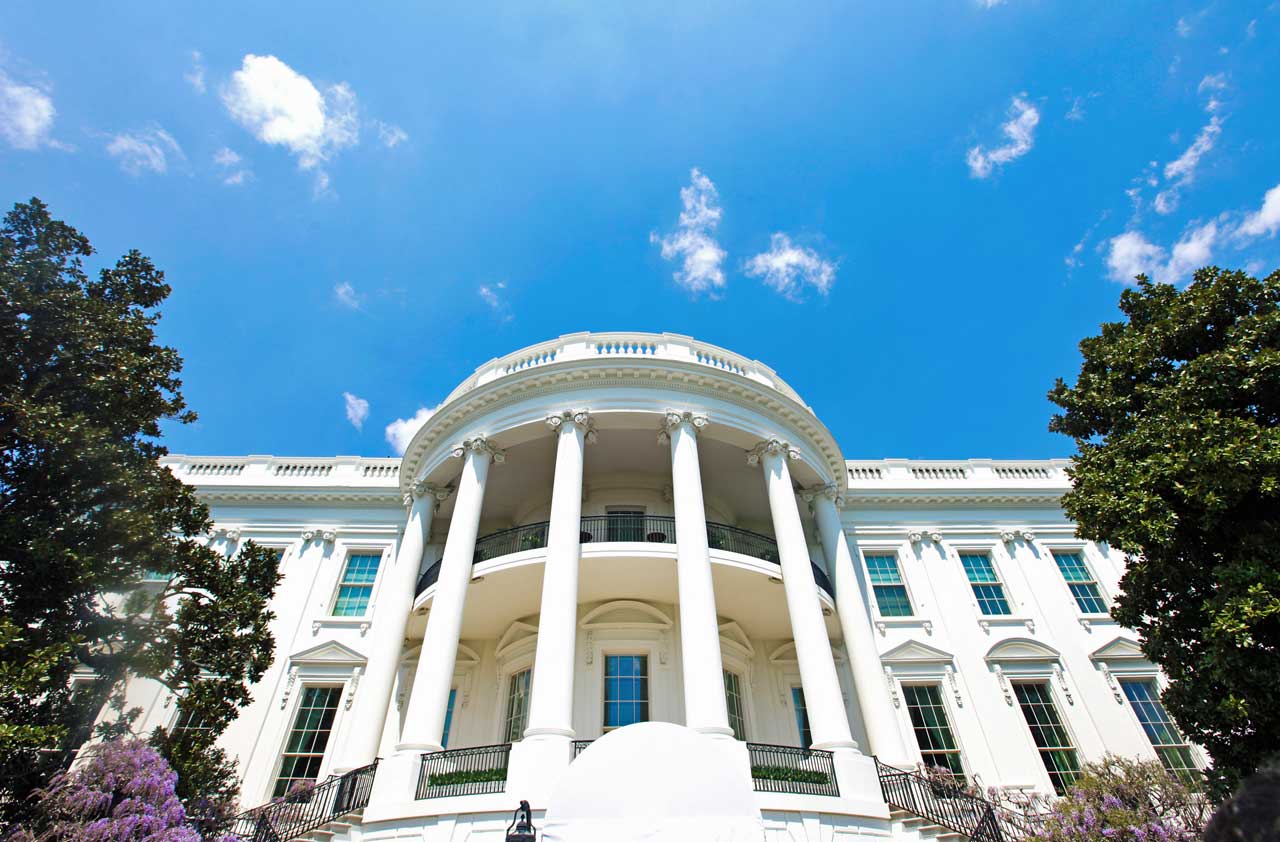 Trump’s Tax Reform Plan Faces Tough Challenges
Trump’s Tax Reform Plan Faces Tough ChallengesPolitics A one-page outline isn't enough to satisfy a Congress interested in the details — and protecting constituents.
-
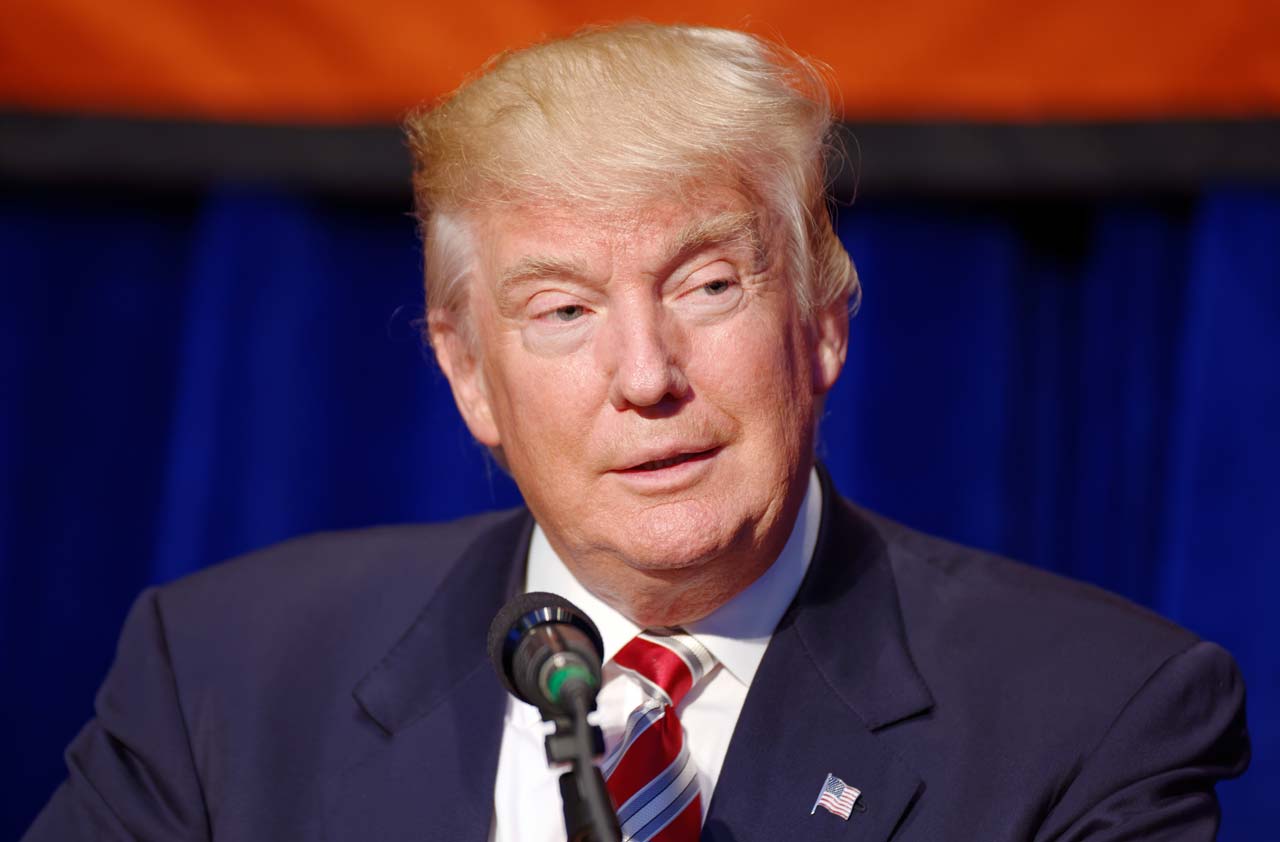 Trump's Agenda and Challenges
Trump's Agenda and ChallengesPolitics What lies ahead for the President-Elect.
-
 Clinton on Track to Win 2016 Presidential Election
Clinton on Track to Win 2016 Presidential ElectionPolitics Trump can win the White House, but faces an uphill climb.
-
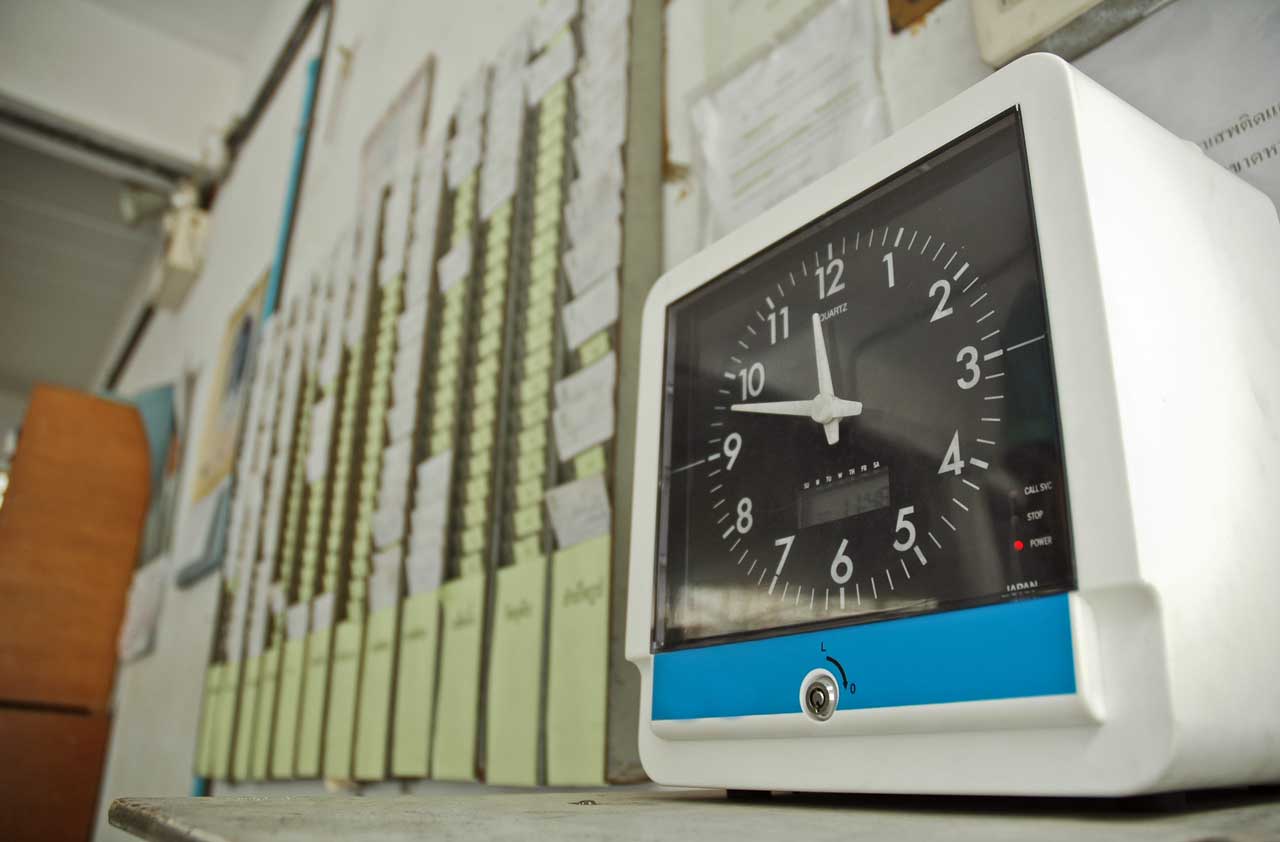 New Overtime Rules Will Hit Businesses This Year
New Overtime Rules Will Hit Businesses This YearBusiness Costs & Regulation A change in salary threshold will make more workers eligible for extra pay.
-
 Bumpy Road Ahead in 2016 Presidential Race
Bumpy Road Ahead in 2016 Presidential RacePolitics Trump will get a bounce after the Republican convention, but Clinton is poised to regain ground.